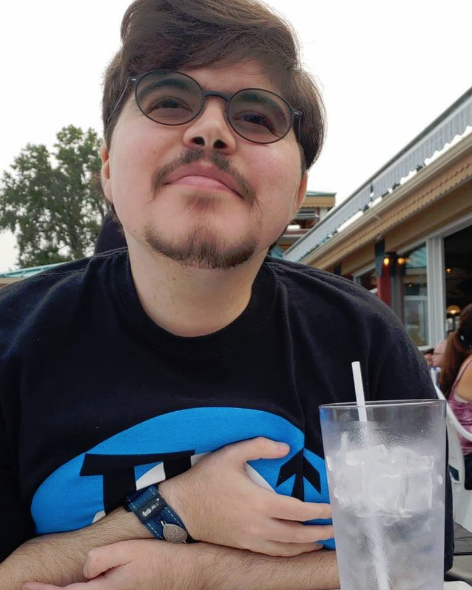Consumer Involvement
Jonathan Piacentino - 'Don't Stop Fighting'




I was diagnosed with Duchenne’s muscular dystrophy, or DMD, when I was 4, and since then I have grown to appreciate the efforts of those who seek to treat this debilitating disease. To put it into perspective, DMD is a neurological regressive syndrome that is genetically inherited—meaning from the moment of birth. The body’s muscle tissues begin degenerating from lack of the muscle regenerative protein, dystrophin, which prevents degradation during stress and allows the muscle to build strength. Because of this, when the muscle is damaged from trauma or rigorous activity, instead of being repaired, the tissue is replaced by fibrotic scar tissue—tissue that cannot function. As such, patients eventually lose the ability to walk, require mechanical breathing assistance, and have difficulty swallowing and reduced cardiac function. Eventually, either cardiac or pulmonary failure sets in, taking the patient’s life.
What makes this disease so deadly is not just its terrible prognosis, but its identity as a rare disease, affecting 1 in 3,500 male births. This means that few doctors are prepared to oversee these patients, and treatment options are not readily available or known. However, organizations such as non-profits and government-directed programs allow various companies and other institutions to examine possible avenues for developing new treatment options and more efficient means of diagnosis.
I consider myself lucky in that my life hitherto was filled with opportunities I readily took advantage of to overcome the prognosis given. That meant a vigorous assault on what made the disease so deadly, muscle deterioration, which equated to taking medications that dampened strain on the heart through regulating blood pressure and flow or, in the case of general skeletal muscle tissue, a corticosteroid to reduce strain. Lifestyle changes were also needed in the form of physical therapy multiple times a week, going to the pool over the weekends, and generally attempting to remain active because, while muscle deteriorates as you get older with this diagnosis, inactivity of your body will progress it faster.
On the other side of the coin, once I was aware enough of the course the disease would inevitably take me through, I had to advocate for myself for my care. My mother had been involved with the non-profit organization, Parent Project Muscular Dystrophy (PPMD for short); after 12 years, I joined her. In this front, one might say, we tackle the sociopolitical aspect of DMD—advocating on the Hill for allocating money for research efforts in novel drugs to be used for treatment; working with doctors across the country to produce a standard of care that for decades was nonexistent; and providing information for parents and patients that they can use to improve their health and the health of their children.
That is why I am grateful to be a part of the DMDRP as a consumer reviewer and for the nomination by Pat Furlong and Annie Kennedy to allow me to do it. I’m 25 and my fight with DMD will continue, but through programs like the DMDRP, I won’t be alone. I and other members will be able to gain ground in treating this horrible disease.
Last updated Monday, March 10, 2025














